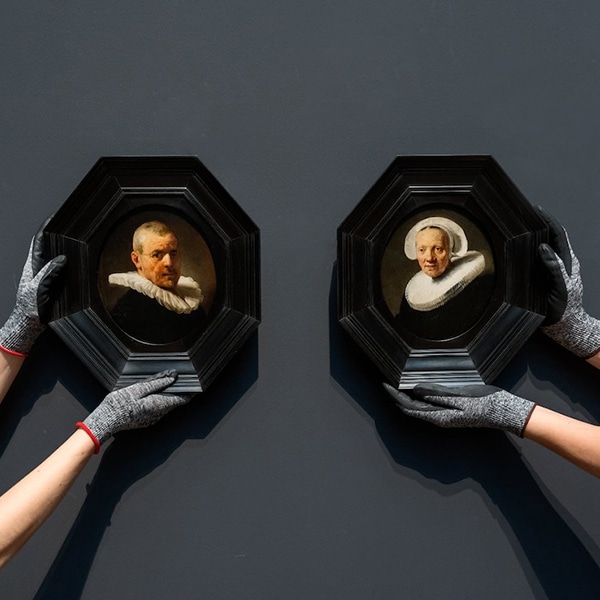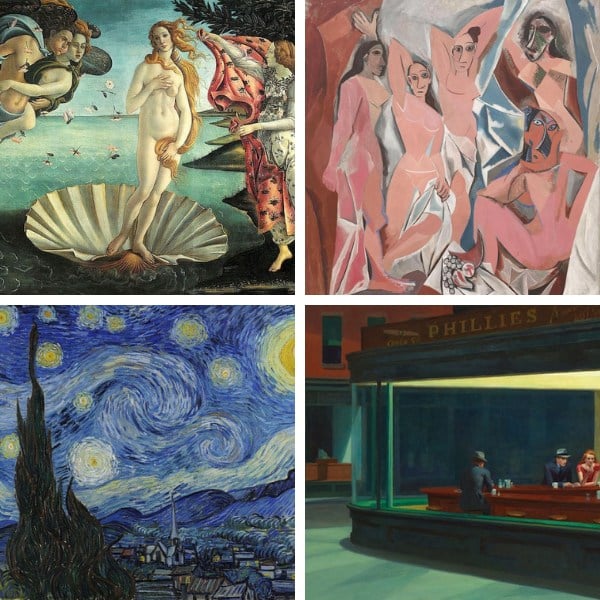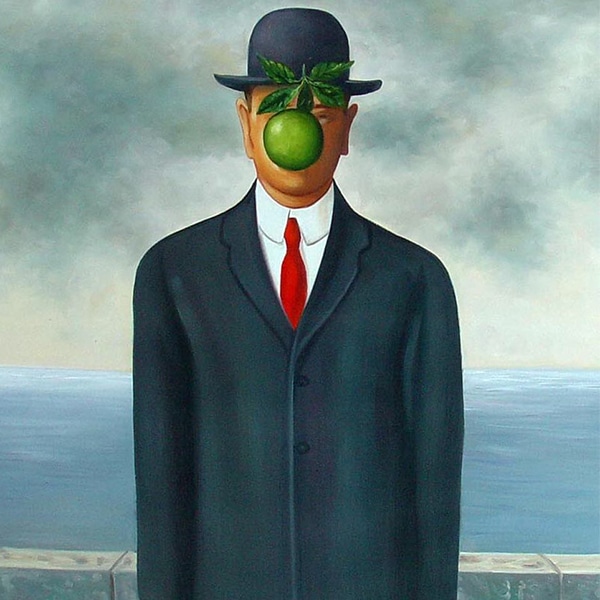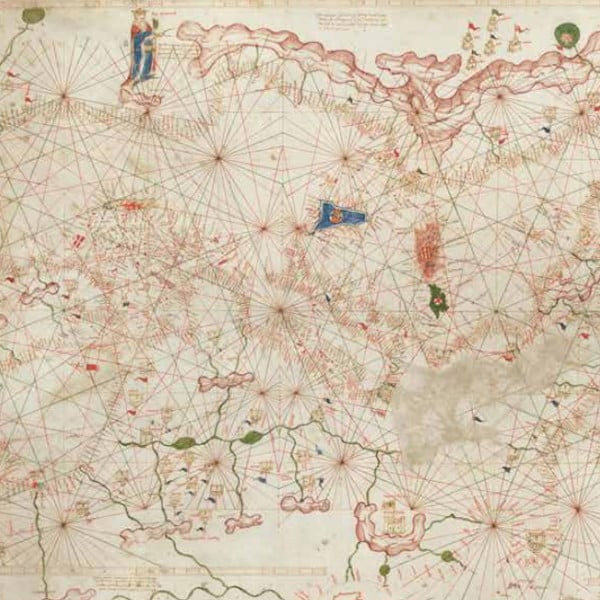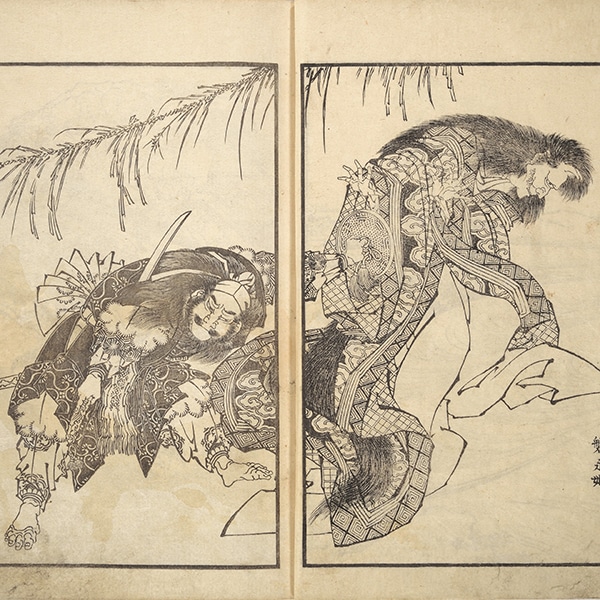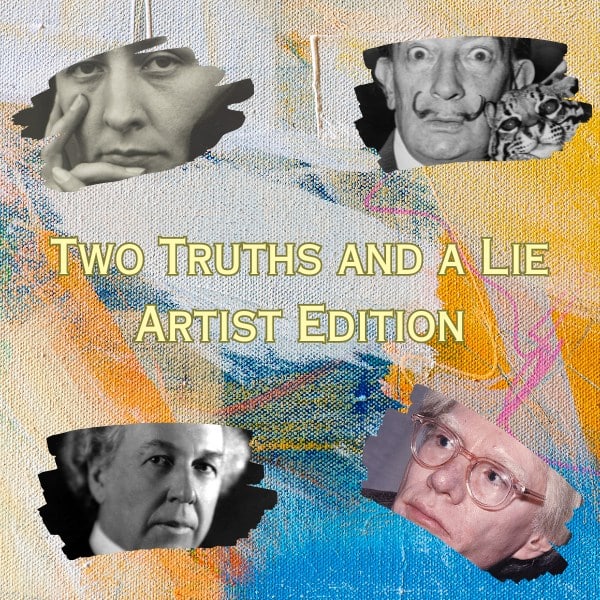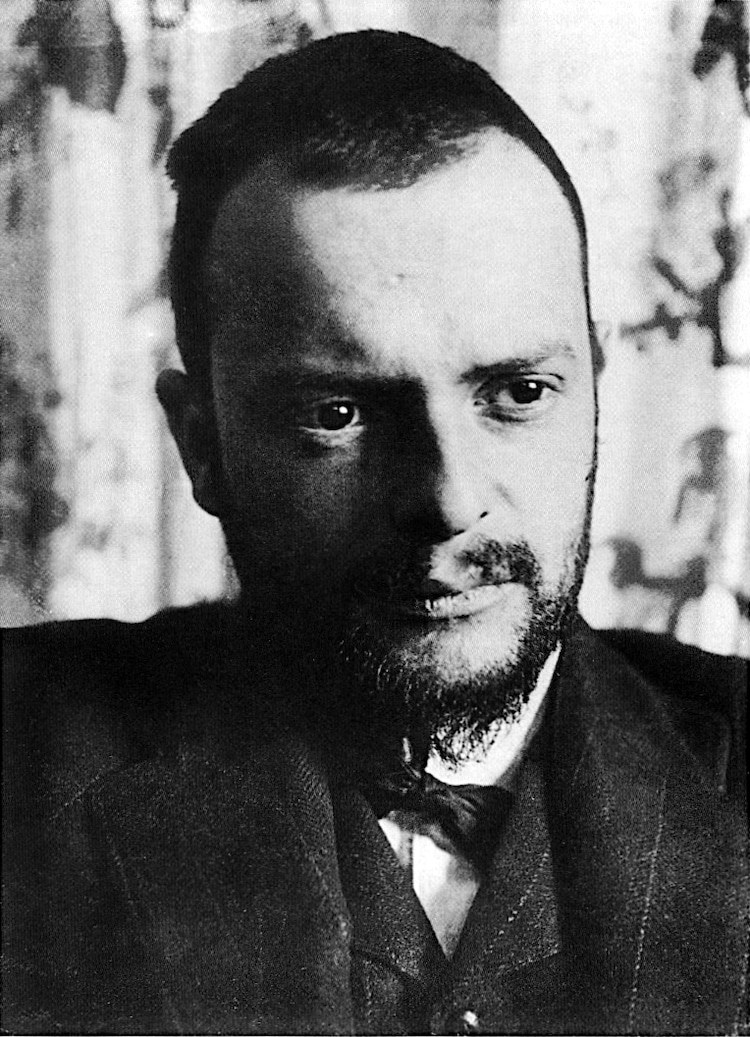
Paul Klee photographed by Alexander Eliasberg, 1911. (Photo: Wikimedia Commons [Public domain])
Klee created a diverse body of work throughout his career and constantly experimented with different techniques and materials. He often broke the “rules” of traditional painting and created his own visual language of abstract shapes, symbols, and signs to convey his humor, childlike imagination, and personal beliefs.
Read on to discover five Paul Klee artworks that illustrate key periods in his life.
Here are five Paul Klee artworks that reveal his diverse artistic styles and processes.
Hammamet With Its Mosque, 1914
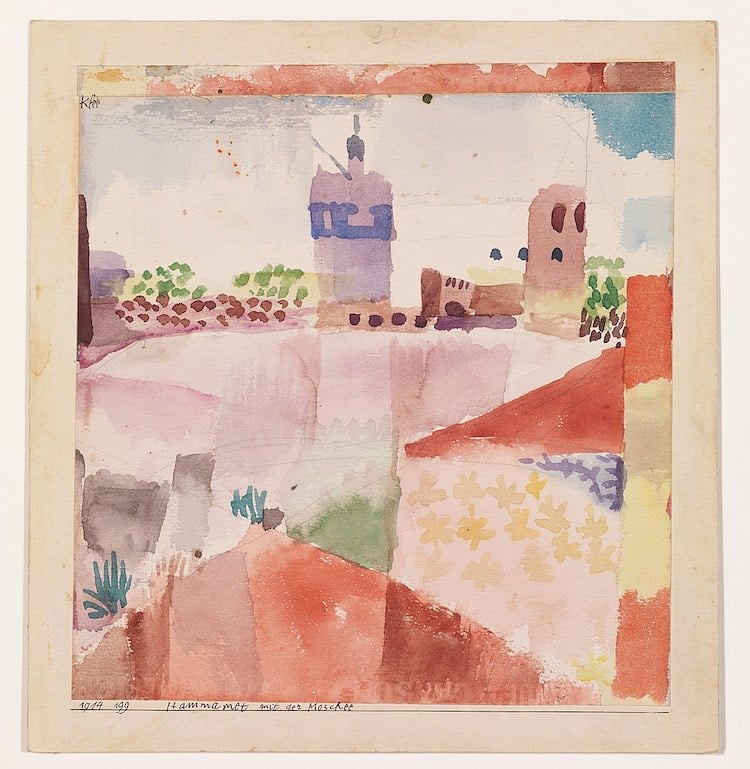
“Hammamet with Its Mosque” 1914. (Photo: Wikimedia Commons [CC0 1.0])
The upper half of the painting is representational, depicting the mosque surrounded by two towers and gardens. However, the lower half—featuring translucent color planes— is more abstract. Klee followed French artist Robert Delaunay's example of making pure color and its tones the sole subject of a painting.
The Twittering Machine, 1922
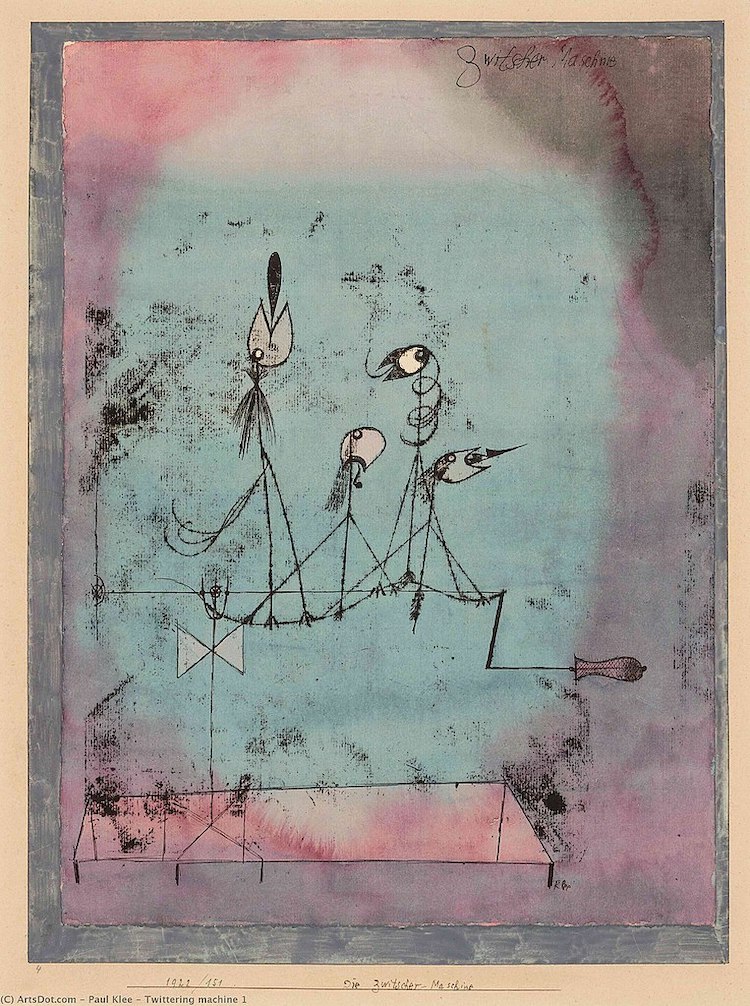
“The Twittering Machine” 1922. (Photo: Wikimedia Commons [CC0 1.0])
Highway and Byways, 1928
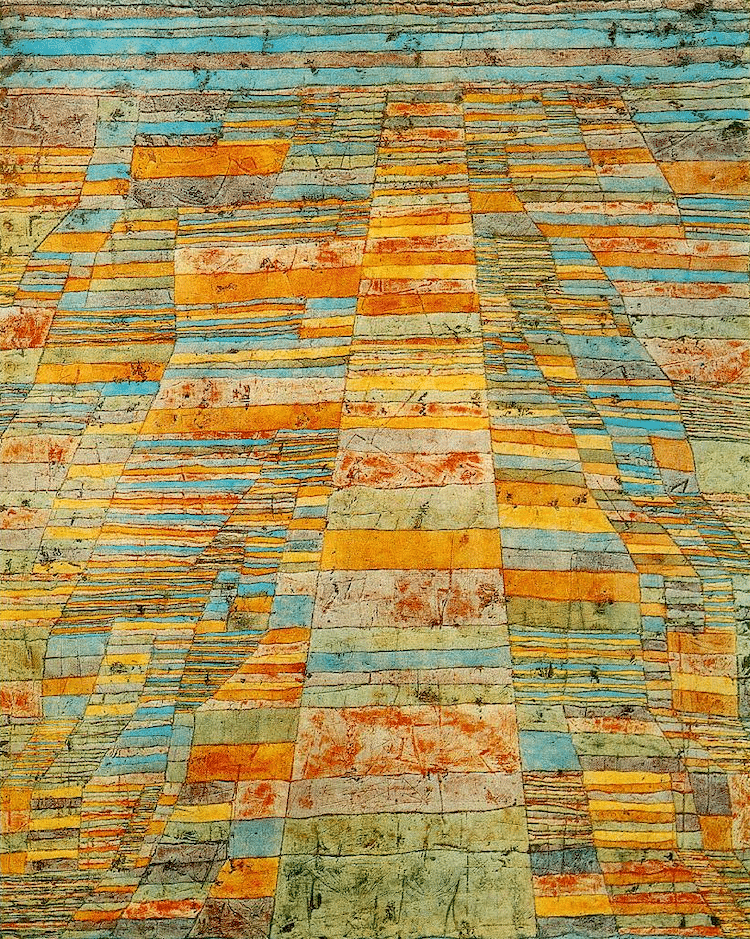
“Highway and Byways” 1928. (Photo: Wikimedia Commons [Public domain])
Mask of Fear, 1932
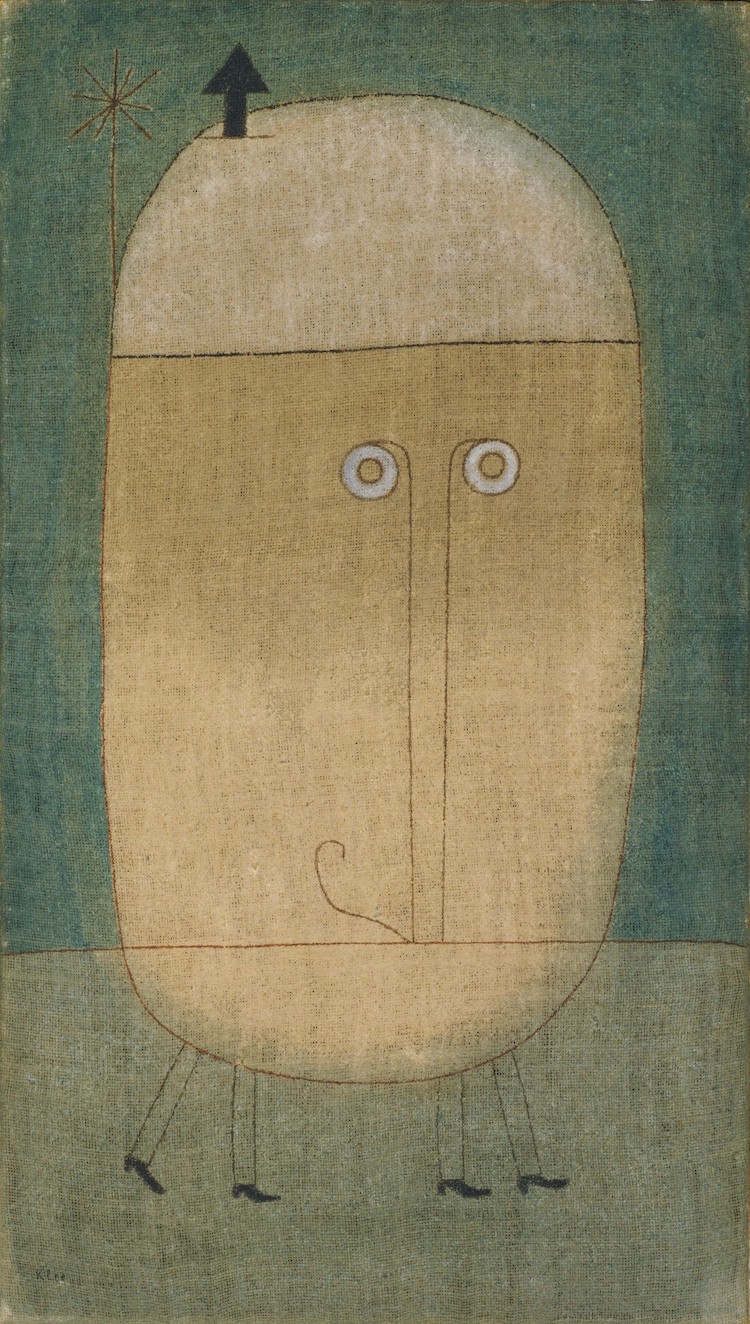
“Mask of Fear” 1932. (Photo: Wikimedia Commons [Public domain])
The satirical painting reveals Klee's inner state of mind. At the time, he feared the future of Germany as well as the future of art. Within a year of creating Mask of Fear, Hitler called Klee's art “degenerate” and the artist’s fears were realized.
Death and Fire, 1940
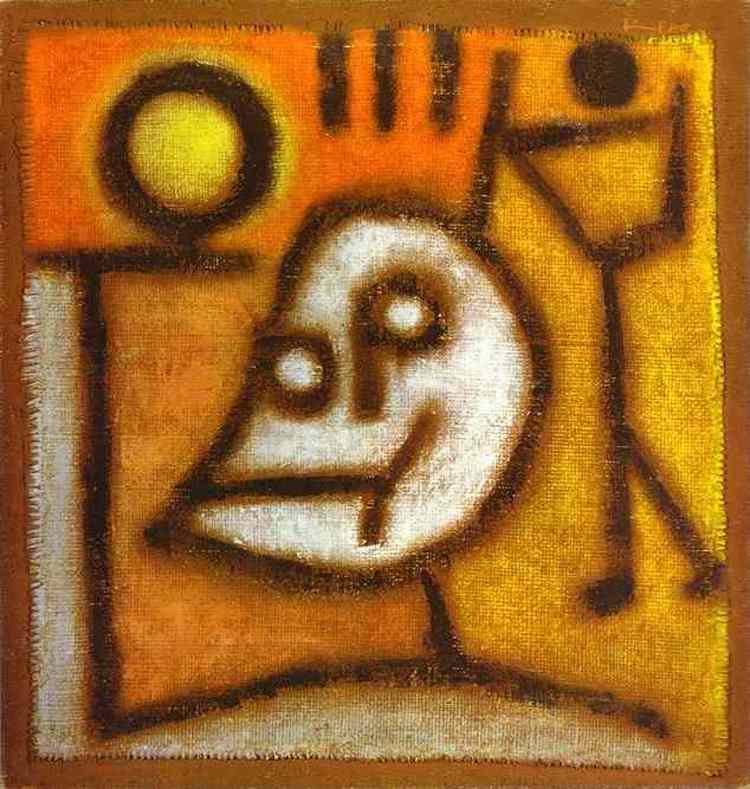
“Death and Fire” 1940. (Photo: Wikimedia Commons [Public domain])
Klee was influenced by primitive art in the past, but this painting is particularly simplistic and critics even likened it to the style of cave-paintings. An illustration of mortality, the oil-on-jute piece depicts a central human skull-like motif featuring the word “tod” (the German word for “death”). “Tod” can be found again in the “T” shape of the figure's raised arm, the golden orb (O) in its hand, and the D shape of its face.
Related Articles:
7 Joan Miró Artworks That Are Abstract Visualizations of What Was Inside His Mind
How Music Played a Pivotal Role in the Colorful Avant-Garde Direction of Modern Art
30 Brilliant Quotes About Art From Famous Artists and Great Creative Minds
















































































